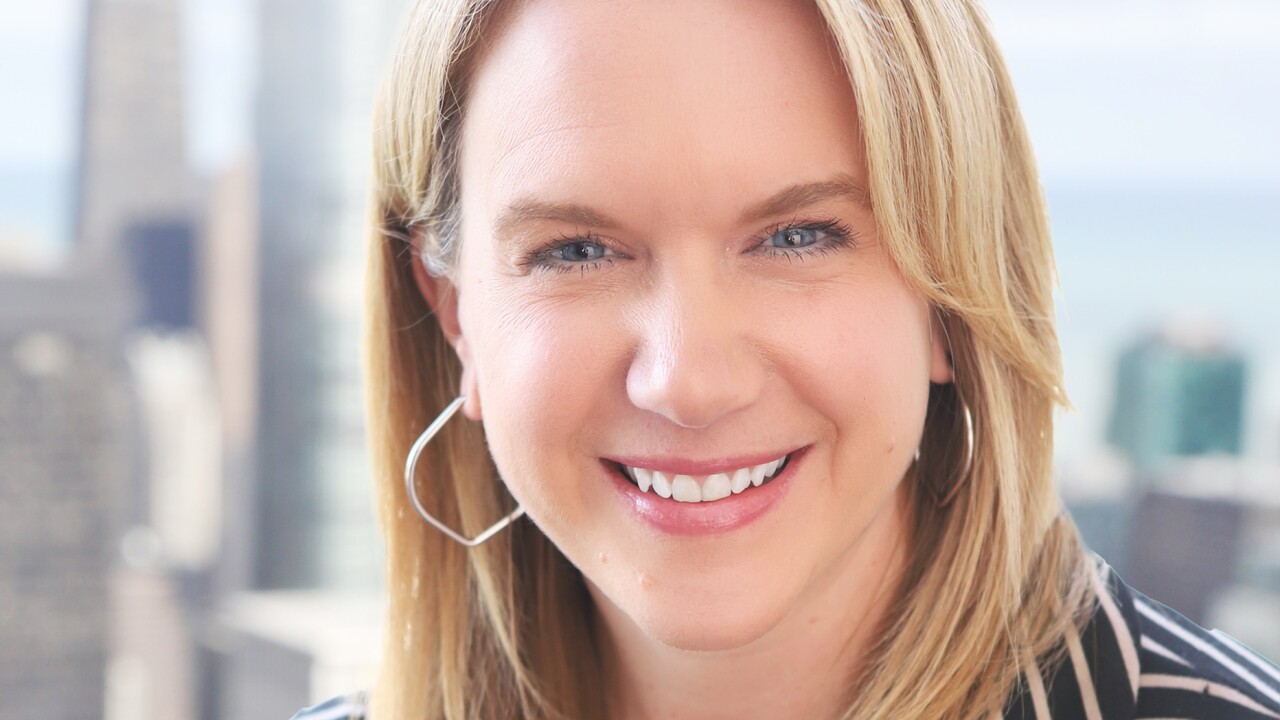Wells Fargo has forged a data-sharing agreement with Plaid, a dominant data aggregator.
Wells Fargo
Not everyone considers screen scraping to be problematic.
"In general, screen scraping has an important role to play," said Sima Gandhi, head of business development and strategy at Plaid. "It enables people who bank with all institutions to access their data when and how they choose. While it is an ever-evolving technology practice, the reality is that it is secure when done responsibly and is, along with data access agreements, a way to enable safe experiences for users."
Plaid works with 15,000 financial institutions in the U.S., the U.K. and Canada. It has direct data sharing agreements with other banks including JPMorgan Chase. It also works with many fintechs that provide popular consumer apps, including Venmo, Acorns and Coinbase.
Up until now, Plaid has screen-scraped Wells Fargo customers’ data and supplied it to its fintech clients.
With the new agreement in place, Plaid will now pull customer data directly from the bank through an application programming interface — an approach Wells Fargo says is faster, more reliable, scalable and more secure.
“The agreement we have signed empowers our mutual customers,” said Ben Soccorsy, head of digital payments at Wells Fargo Virtual Channels. “It takes the industry one step closer to having a consistent approach to leveraging APIs to connect customers to the apps they want to interact with.”

Plaid gives Wells Fargo credit for being thoughtful about giving customers control and transparency around how their bank account their data is used.
“As the system grows increasingly interconnected — today, users have 15 different experiences tied to a bank account and that number is only going to grow — I believe that it’s the right thing for a user to be able to go to a bank’s home page or control panel and see where their data is being shared by that bank,” said Gandhi. “Wells is doing the right things. We need to keep raising the bar as to what control means as the technology evolves.”
Wells Fargo provides a tool called Control Tower that lets consumers see every entity to which their bank account is connected: subscriptions, Amazon account, gym membership, and so on. A feature within Control Tower lets consumers see every third party with which their bank account data is being shared, and turn that sharing off if they need or want to.
Soccorsy said Wells Fargo recognizes that customers’ lives are increasingly complex and that they want to interact with third-party apps.
“We want to facilitate that in a way that gives them transparency and control over those interactions they want to have with third parties,” he said.
One thing that Wells Fargo asked of Plaid was the ability to give customers control over their data at the account level.
“Think about a customer that has accounts as a small business and as a consumer,” Soccorsy said. “We're giving customers account level controls that are very powerful in terms of the customer having the ability to manage connectivity between Wells Fargo and Plaid.”
Soccorsy sees the Plaid agreement as a critical step forward in the development of the bank’s overall strategy for Control Tower.
“Every aggregator that has a profile like Plaid that we can add to our platform does improve the quality of the experience we can offer our customers who are looking for ways to better manage their complex digital financial lives,” he said.





